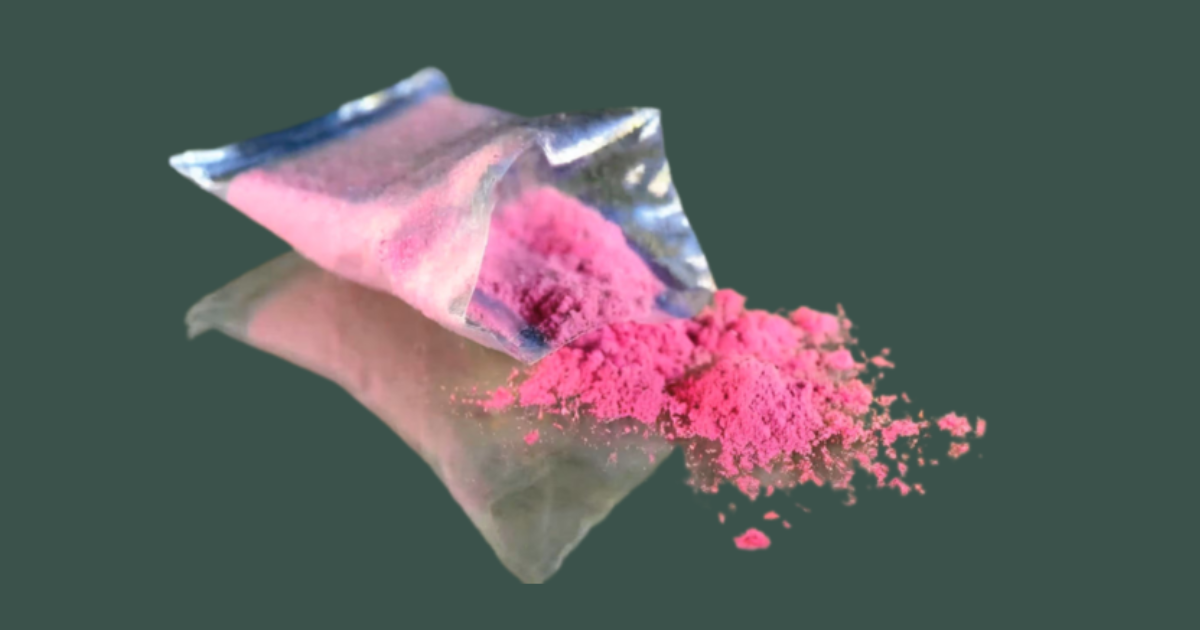Exercise plays a pivotal role in the addiction recovery process. The physical benefits of exercise are essential to decreasing stress, countering depression and anxiety, and addressing insomnia, all common obstacles that can impede recovery.
Exercise provides an emotional boost, which is essential to long-term success in addiction recovery and overall wellness. Moreover, when people engage in regular exercise routines during recovery, they gain improved confidence due to enhanced self-image that can greatly influence successful long-term sobriety.
Benefits of Exercise in Recovery
The mental health benefits of exercise also contribute to the mental restoration of individuals dealing with an addiction allowing them to stay on the path towards recovery and prevent relapse. Exercise reduces drug cravings by releasing norepinephrine and dopamine – natural “feel good” chemicals – into the brain that can suppress negative emotions commonly associated with craving.
Research has found that physical activity positively affects the brain by increasing blood flow to the prefrontal cortex, which controls decision-making and impulse control. It helps improve sleep, self-confidence, sense of well-being, and overall mental health of participants in rehabilitation programs.
How Does Exercise Affect Your Mind and Body?
Regular exercise has many benefits for those recovering from substance use disorder. Not only does regular exercise improve physical health, but it can also help balance the mind and body.
Mental Health Benefits of Physical Activity
Mental health should not be taken lightly as these disorders, such as depression and anxiety, have become more prevalent today than ever before. It is important to focus on forming healthy habits; this includes exercising regularly, as doing so leads to not only physical health improvements but also mental health. Learn more mindfulness techniques to practice for addiction recovery.
Exercise has been proven to boost moods while helping people become more resilient against depression and anxiety by releasing endorphins in the brain. This hormone helps decrease pain perception without leading to dependency risks like those associated with opioids or other drugs.
When we work out, our brains are exposed to the numerous physical and mental changes associated with exercise. Additionally, endorphins released by exercise have been linked to elevated moods, which can fight depression while increasing energy levels needed for the steps one must take toward full recovery from addiction.
Endorphins in your bloodstream interact with receptors in the brain to reduce pain levels- similar to how morphine works. These endorphins are completely natural and can create a feeling of euphoria or positivity during and following your workout. Additionally, exercise helps to reduce stress levels, which can come in handy when dealing with depression and anxiety.
Physical activity triggers an increased level of neurotransmitters such as serotonin, dopamine, norepinephrine, and endorphins. These hormones affect various parts of the brain responsible for mood stability and regulation, helping us manage our emotions in a healthy way. Evidence suggests that regular exercise can help reduce stress levels, improve sleep quality, and lead to overall improvements in mental health.
Physical Benefits of Exercise for Your Health
In addition to its impact on mental health, research tells us that regular exercise is just as beneficial for your physical well-being. It can boost your cardiovascular fitness levels, strengthen bones and muscles, regulate insulin levels, lower blood pressure and cholesterol levels, and reduce feelings of depression or anxiety caused by cravings or withdrawal symptoms while burning calories simultaneously – all beneficial for maintaining your recovery goals.
Engaging in physical activity can enhance mental clarity and significantly increase your chances of successful recovery after completing a rehab program. Observing your progress as you transition into a healthier lifestyle that includes a consistent physical fitness routine boosts muscle strength and endurance and enhances your self-esteem. Physical activity has also been shown to reduce anxiety and depression, particularly when it becomes a regular routine.
Exercise isn’t just a way to improve physical health, it can also be a pivotal strategy in the battle against addiction. When the urge to use substances emerges, substituting a walk or a run can act as a powerful countermeasure, effectively redirecting your focus and energy. Moreover, regular physical activity cultivates more than just endurance; it fosters meaningful connections. As you build new friendships around shared fitness goals, these relationships can evolve into a network of accountability partners, each supporting one another’s commitment to recovery.
For those in recovery, particularly if you’re transitioning from a period of inactivity, it’s essential to consult with a healthcare professional before embarking on a new fitness regimen. This precaution ensures that your body is ready to handle the new challenges without risking injury or undue stress, especially important if you are freshly out of detox or an addiction treatment program. This approach not only safeguards your health but also enhances the effectiveness of your recovery strategy.
A Comprehensive Approach to Physical and Mental Wellness
A study completed by the Centers for Disease Control and Prevention found that people who exercised at least 150 minutes per week lowered their risk of chronic diseases like diabetes and cardiovascular disease, as well as certain forms of cancer. Regular exercise is also known to be beneficial to our brains since it increases the number of new nerve connections in our brain’s healing process, which reverses any negative effects of frequent drug use.
All in all, incorporating exercise into a routine during addiction recovery can have many positive physical and mental health benefits. Exercise is often seen as solely a physical activity that can help us stay in shape and improve our overall health. However, with regular exercise comes many mental health benefits as well.
Top Low-Impact Exercises to Try During Recovery
Small steps can lead to big changes in addiction recovery. For women healing from substance abuse challenges, starting with gentle, low-impact exercises provides an empowering way forward. These mindful activities help rebuild physical strength and emotional resilience without excessive strain on the body and mind. They encourage self-compassion by allowing each woman to progress at her own pace.
Consistently engaging in low-impact exercise can also help rebuild self-esteem. Seeing yourself take small steps towards physical activity and stick with it builds confidence and motivation to evolve into a overall healthier lifestyle. What seems insignificant at first can compound into something transformative over time. One step leads to the next until you look back in awe at how far you’ve come.
Walking
Walking can be an impactful first step for women in addiction recovery. As a gentle, low-impact exercise, it provides a safe way to begin rebuilding physical strength and stamina. Walking outdoors offers grounding benefits, connecting women to nature’s healing rhythms. Group walks foster supportive communities that unite women on their journeys of reclaiming health and freedom.
Swimming
The therapeutic weightlessness of swimming allows women to move with grace and ease as they heal from addiction’s physical tolls. The water’s buoyancy reduces stress on the body, providing a low-impact refuge to build cardiovascular fitness, flexibility, and overall well-being. Swimming strengthens both mind and body resilience, both of which contribute to lasting sobriety.
Yoga/Pilates
Yoga and Pilates cultivate mindful presence – a powerful antidote to the turbulence of addiction. Through gentle movements synced with breath, women reforge connections between body and spirit. These grounding practices instill self-awareness, focus, and serenity to navigate recovery’s challenges. The community support of group classes provides an empowering healing circle.
Cycling
Cycling represents the exhilarating freedom that sobriety brings. As an easy, low-impact workout to initiate, it builds strength and cardiovascular health while reinvigorating women’s senses of mobility and independence. Outdoor cycling immerses women in nature’s vast vistas, clearing the mind. Indoor cycling forges supportive bonds through group energy. All routes lead to reclaiming power on the journey.
Dancing
For women recovering from addiction’s constraints, dancing restores liberating self-expression, joy, and confidence in their bodies. Moving meditatively to music’s rhythms cultivates presence and embodied mindfulness vital for Release from old patterns. Dancing awakens women’s vital life forces and reminds them of their innate creativity, sensuality, and radiance.
These low-impact exercises provide empowering holistic pathways for women to heal from addiction’s physical, mental, and emotional impacts. Nurturing fortitude, flexibility, and freedom light the way to lasting recovery and reclamation of each individual’s authentic, vibrant self.
In addition to helping people regulate their emotions, exercise can also be used as a distraction from negative thoughts and triggers associated with substance use. Instead of turning to alcohol or drugs when feeling overwhelmed, individuals can use physical activity as an outlet for managing and expressing stress.
Furthermore, increased physical movement encourages healthier lifestyle habits such as healthy eating and socializing with positive peers. This allows those recovering from addiction to replace unhealthy habits with healthier ones that could lead to permanent sobriety.
Rewiring for Recovery
Research also supports the idea that the rhythmic pattern of physical activities calls forth psychological drives linked with memory and emotion that help disrupt brain circuits regarding impulses and desires. Exercise helps foster natural pathways instead, rewiring us in small ways so that we don’t rely on substances like drugs and alcohol for pleasure and escape.
Long-term recovery from any form of substance abuse requires lifestyle changes. Still, regular exercise is a great place to start — especially if someone is just getting back into shape after completing a treatment program. If you or a loved one is struggling with addiction, rest assured there’s a supportive community ready to help. Find a rehab center near you that prioritizes physical and mental wellness.







